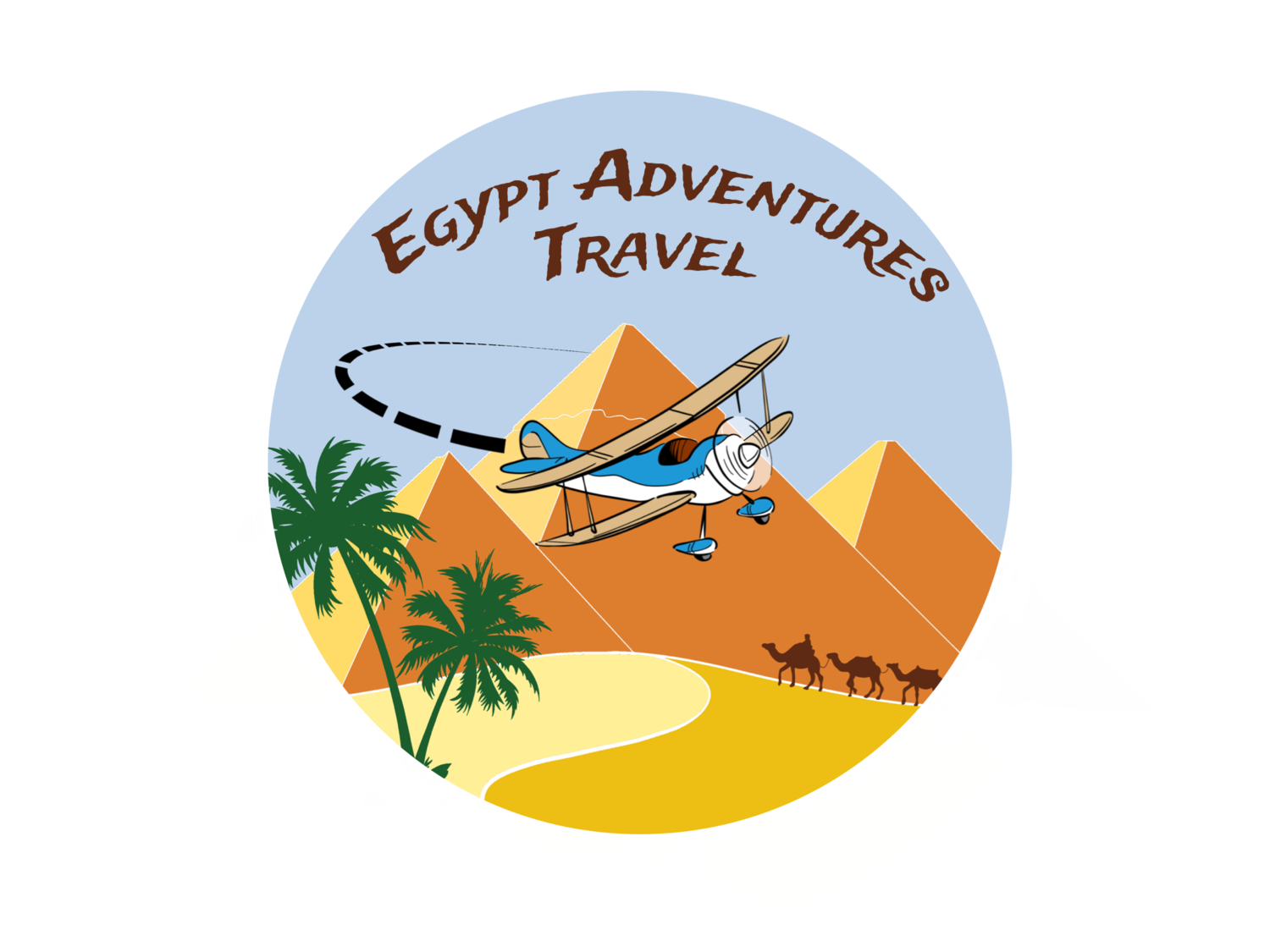Egypt’s new National Museum of Egyptian Civilization—check out 22 royal mummies!
Want to watch instead? Check out this video walkthrough of the new museum!
Are you heading to Egypt and need some advice for your upcoming trip? Want us to plan a trip for you? Curious how much to budget for an Egypt adventure? Fill out the form and let’s get connected!
The National Museum of Egyptian Civilization, or NMEC, houses 22 royal mummies and countless artifacts from Egypt’s prehistoric history through pharaonic and modern times.
This museum was partially opened in February of 2017, and after the Golden Mummy Parade in 2021, all 22 of the royal mummies kept at the original Egyptian Museum in Tahrir Square were moved to their new home at the NMEC, where visitors can make the mummified “acquaintance” of Pharaohs from Ramses the Great to Hatshepsut.
Getting there
The NMEC still featured lots of decorations from the Golden Mummy Parade when we visited in April of 2021.
The NMEC is in a part of Cairo that is more off-the-beaten-path for tourists, but in reality is very close and easily accessible from downtown Cairo. We highly recommend visiting the NMEC with your private driver or taking an Uber, as taking public transportation to reach the museum can be tricky. For those who are interested, you can metro from downtown Cairo to Mar Girgis station, and then walk to El Fustat street and take a microbus heading east (away from the Nile River).
Visiting the museum
The tunnel that connects the entrance to the museum and coatroom to the main exhibit halls.
The NMEC is easily visited in an hour, because the layout is smartly done and the exhibit is not as extensive as the larger Egyptian Museum. You could easily see the museum in as little as a half hour, and those who wish to linger could probably spend up to two hours here.
Tickets cost 200 EGP and are purchased at a ticket window outside the entrance to the museum. Upon entry of the museum visitors will go through a security scan, will have the option of using clean, well-maintained restrooms, and will be required to drop off bags at a cloakroom.
The main exhibit hall at the NMEC.
The museum has two exhibit halls that are open to the public. The main exhibit hall features hallmarks of Egyptian civilization from prehistoric times (they have human remains that date thousands of years before the time of the pharaohs) to contemporary, with a curated selection of objects well-labeled (for the most part) and placed in a way so visitors can move through Egypt’s history in chronological order.
Among the highlights at the NMEC are this 35,000 year old skeleton.
The best part of the museum is the Royal Mummy Hall, located underneath the main exhibit hall. This space houses the 22 royal mummies that were moved from the original Egyptian Museum. Each mummy has its own room, giving visitors the chance to spread out and have more opportunity to see the mummies up close. Each former pharaoh has a plaque next to it that discusses their reign and notable events at that period in Egyptian history.
Pictures and videos are not allowed inside the Mummy Hall, but the entrance to the exhibit is gorgeous and features video depictions of the mummies as well as the area they were found.
Once visitors are finished at the main exhibits, there is a several hundred years old Islamic tannery that can be visited outside, along with a lake that has a beautiful view of Fustat, the district where the museum is located and part of the ancient Islamic capital of Cairo. There is also a small cafeteria where visitors can purchase coffee, drinks, and snacks.
After checking out the inside, be sure to see the Islamic tannery that they unearthed when breaking ground for the construction of the museum.
After your visit…
The NMEC is close to a couple of important spots for tourists to check out, so after you’re done, head to:
-Darb1718 and artist workshops: this area can easily be reached by taking a microbus heading west outside the museum entrance. Darb1718 is a cultural center offering workshops, classes, and performances by and for local artists, and in the same complex are gorgeous artisan workshops that also sell their handmade goods, like Sami Badawi’s ceramics gallery and studio.
Sami Badawi’s pottery studio is a great place to see Egyptian pottery being made and to pick up some pieces as souvenirs and gifts.
-Coptic Cairo is the site of the most important historic churches in the city, and also houses a synagogue, a museum, and tons of Coptic Christian history. Also reachable easily by microbus from the NMEC, or easily walked to after visiting Darb1718
Coptic Cairo is the area directly east of Mar Girgis metro stop.
We hope you have a chance to visit the NMEC on your Egypt adventure!






